I really enjoyed Hamish’s recent articles about the Sony A7RII, and the one regarding the never ending “film vs digital” debate. To me, these two articles felt as though they were interconnected. In reading them I decided I wanted to add to the conversation myself. This article is a story about both how I feel I have decreased the gap between my digital and film photography, and how I have turned all-bells-and-whistles-superphotographer-all-megamode-dad-camera Sony A7Rii into a slightly more “ZEN” minimalistic tool.
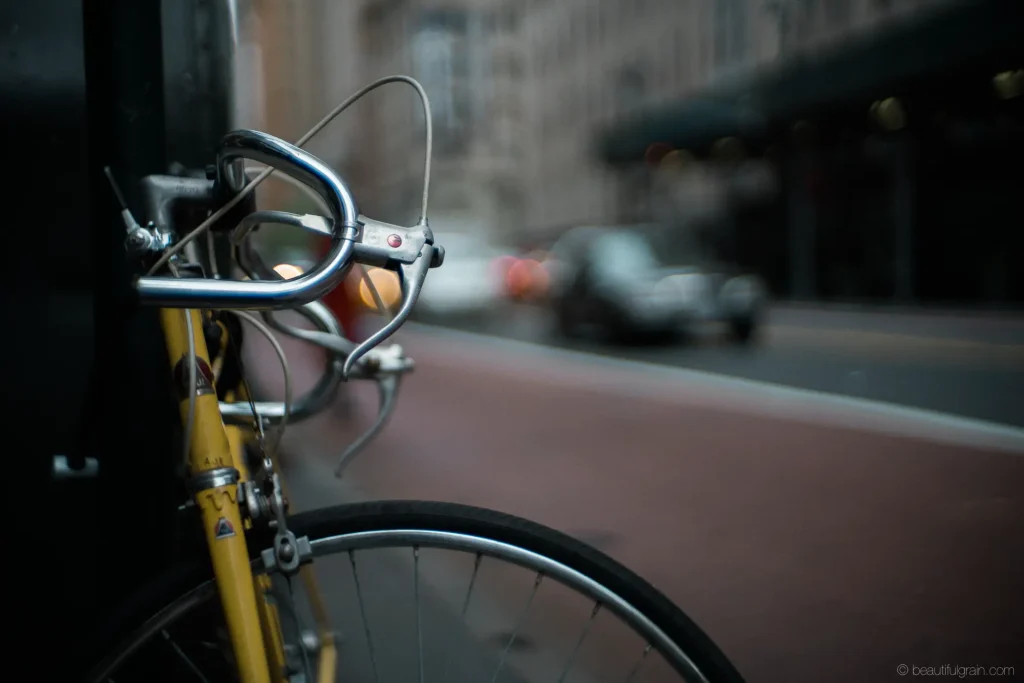
Background
I’m hobbyist photographer – in and in many cases, I shoot film. Increasingly though, I’ve found that I can’t run away from digital – and that’s not bad at all. I take a camera everywhere I go; I work with a camera, and I rest with a camera.
In case I need immediate results, I take digital. In case I’m shooting starscapes or similar scenery, in case I’m on a very light trip and I know that will have the opportunity to shoot daytime and nighttime, I’ll take digital. As such I’m very glad that digital cameras have reached today’s stage of development.
But, I still prefer shooting film more, and there are some very good reasons for that
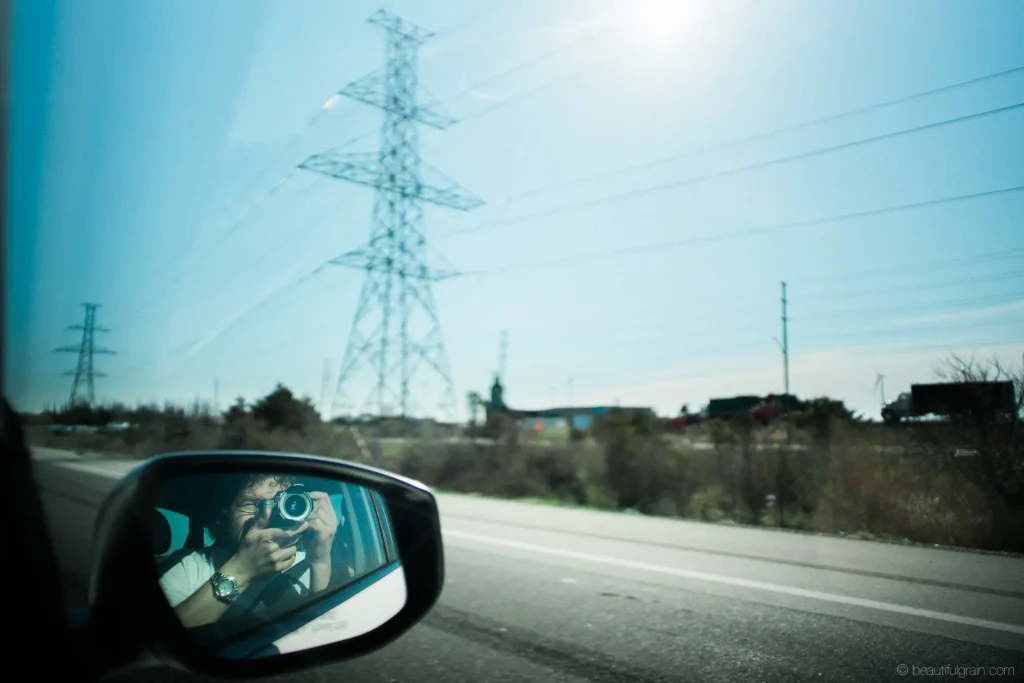
My problems and frustrations with digital
No perfect camera
My film cameras are simpler and more enjoyable to operate; they “disappear” when I use them. No camera (film or digital) is perfect, but I feel that things are a bit worse with digital systems. I can’t find a camera, which I enjoy the same way I enjoy Pentax MZ-3 or MZ-S or even SuperA. It’s a combination of weight, size, ergonomics, system components, quality, size and other my specific requirements. Sometimes it’s physical aspects and sometimes it’s a matter of approach or workflow. To give you an idea of where I am coming from, let me talk through some of my issues:
- I like 35mm format sensor (digital or film, it doesn’t matter). It has certain distinguishable perspective and it lets see what 35mm format lenses can offer; it shows the real character of a lens. This dedication to 35mm pushed Fuji X cameras out of my hands. I tried the first X100, X-E1 and X-T1, but because I wanted to have the ability to switch my lenses from film body to digital and have consistent and predictable results they didn’t work for me. I have to say that my experience with Fuji cameras was very, VERY positive; ergonomically those cameras are almost perfect for me – they just aren’t full frame!
- I don’t like DSLR just because of their bulk and weight. For me, this is an important issue. I was thinking about Pentax K1, but the body alone weighs more than a7RII with a lens…
- I love Leica’s minimalistic approach, but I’m SLR kind of guy – I’m used to a WYSIWYG approach. Using rangefinder would detach me from the scene – this works for some, not me. Then there is close focus ability that is worse than alternate types. Not to mention the cost…
- I prefer EVF’s. When I’m shooting digital, I’m happy to take advantage of one of the greatest features it can bring. With an EVF I can see exactly what I get and be sure that I don’t screw things up. This helps in complicated lighting no-second-chance situations a lot.
As you can guess, my perfect digital doesn’t exist. A Fuji X-T2 with a 35mm sensor in it would work. Or a Leica M10 with a built-in EVF (or even hybrid EVF). Perhaps a bit trickier, but still possible – an A7RII (or better A7SII), without the IS (weight saving), a shutter speed dial instead of mode dial, all the buttons in proper positions, make it a bit more responsive, throw bells out, take whistles out. And voilà! We have perfect digital camera.
Post process
Long post process time for digital files is another issue. I like to set things properly on stage – this means that I’m more orientated to “pre-process” then “post-process”. It’s easier to live with film in this case, as after I import files into LR, I just have to use a couple of sliders and it’s done. It means that if I’m careful before pushing shutter button, I’ll get almost ready files. With digital, almost all the time I get dull file that I have to tinker with for ages. I hate spending time on post-process, and frankly speaking I’m not that good at it either.
Hyperrealism
Today’s digital cameras have a look that I call “hyperrealistic”. You can see every detail in the picture; everything is very clear, very sharp and very polished. That’s perfectly OK if you’re after such look – and most probably the biggest part of photographers are – it’s the way camera engineers are going.
The interesting thing is that I can’t say exactly how this “hyperrealistic” look is created. For example lets take medium (or large) format film photography; it has the potential for very high resolution and you can see an enormous amount of detail in it, but still, it doesn’t have such a more-detailed-than-real look to it. It’s hard to me to explain precisely what is this “hyperrealistic” look is, but I still see it clearly. Any ideas? Hope that I’m not the only one crazy person who sees things but can’t define them. 🙂
Anyway, I’m not into such picture characteristics. I prefer 35mm films ability to create the right balance between things that have to be hidden (for example face skin imperfections) and things that must be accented without distracting with too many details. I like films ability to “glow” in proper places. I have a feeling that camera engineers now are distracted by the ability to show very impressive technical possibilities of today’s tech, but they forget to think about feelings being the essence of photography!
Now don’t start to think that all these points mean that film is better that digital – that’s not the point I’m trying to make. I just want to put a list of things that frustrated me so I can tell you how I have tried to overcome them.
Why the Sony A7Rii?
You might now wonder why I bought Sony A7RII and why I still shoot with it if I have such list of frustrations? The answer is simple: because still it’s the best digital camera for me, or in other words, if you put all my wishes and requirements, as a digital camera the Sony A7RII is “the only game in town”. There are HUGE plus sides of A7RII and in some of them, the camera just shines. For example, the sensor creates rich, very adaptable files with huge dynamic range. It also gives me the ability to mount just about any lens, and it’s a good size and weight.
It’s not perfect, but it’s the closest camera I can think of to fitting my needs. I found many of the frustrations Hamish did, and many of them meant that when I first got the camera I rarely used it because of the issues that annoyed me. So I decided to do something about it. I started to think how to keep the good things and how to avoid bad things – finally I came up with the plan.
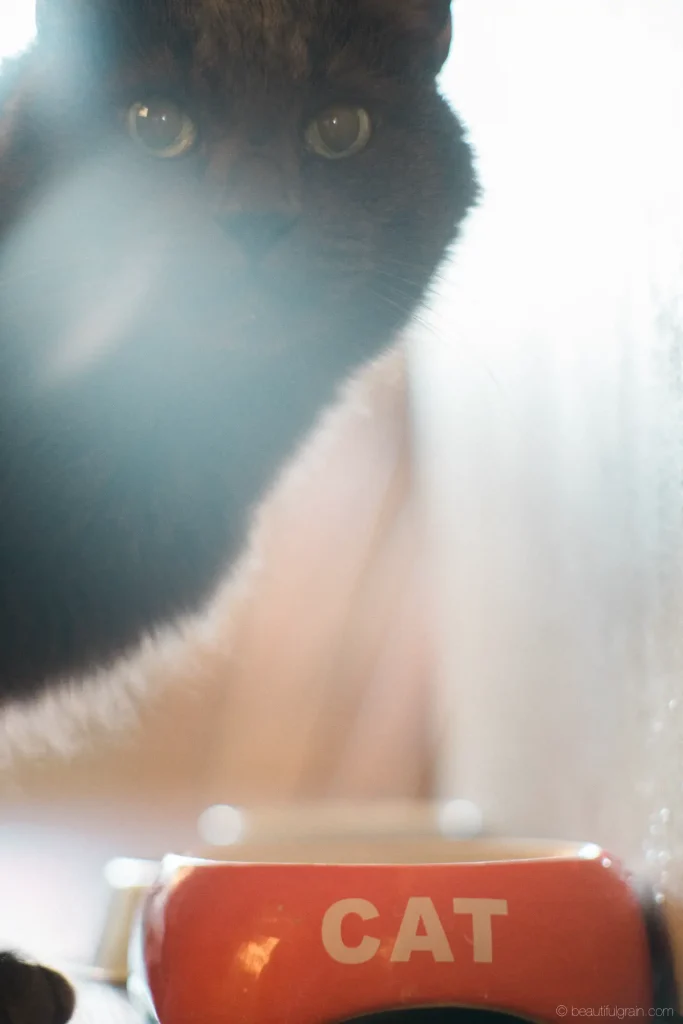
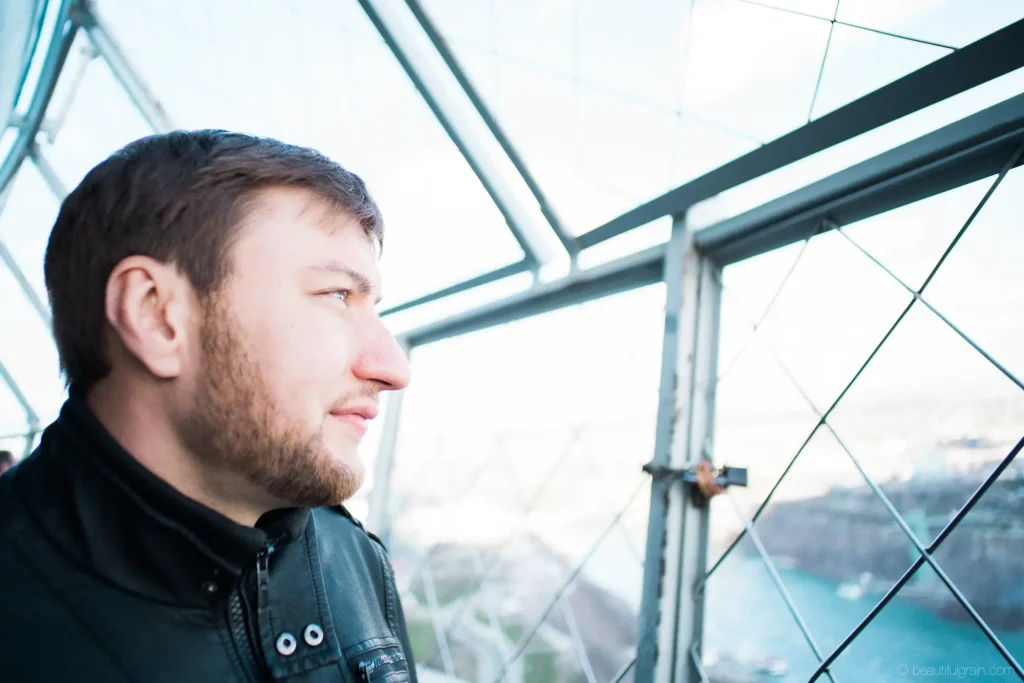
The Master Plan
I split the issues into several topics and dealt with them one by one:
- Problems with ergonomics and excessive functions
- Over detailed images
- Reducing post-process time
Problems with ergonomics and excessive functions
Unlike Hamish, I don’t need to use my camera for different purposes, because of this I can just set it up as a RAW capturing machine. I don’t really like non-traditional controls. The Sony only has non-traditional controls, but this can be improved by shooting in aperture priority mode and mounting it with proper lenses with aperture rings. Combine this with with AE lock and I rarely to have to touch controls except for odd use of the exposure compensation dial. Once set up to shoot like this, much of the menu can be ignored. yes there are custom settings and personalisations you can choose, but those come down to the user and once set can be forgotten about.
I also improved some of the specific ergonomic issues of camera. I added soft shutter button (Lolumina brand) and added an extension to AE lock button (R luther “4 Shinny buttons”). These upgrades really help with ergonomics.
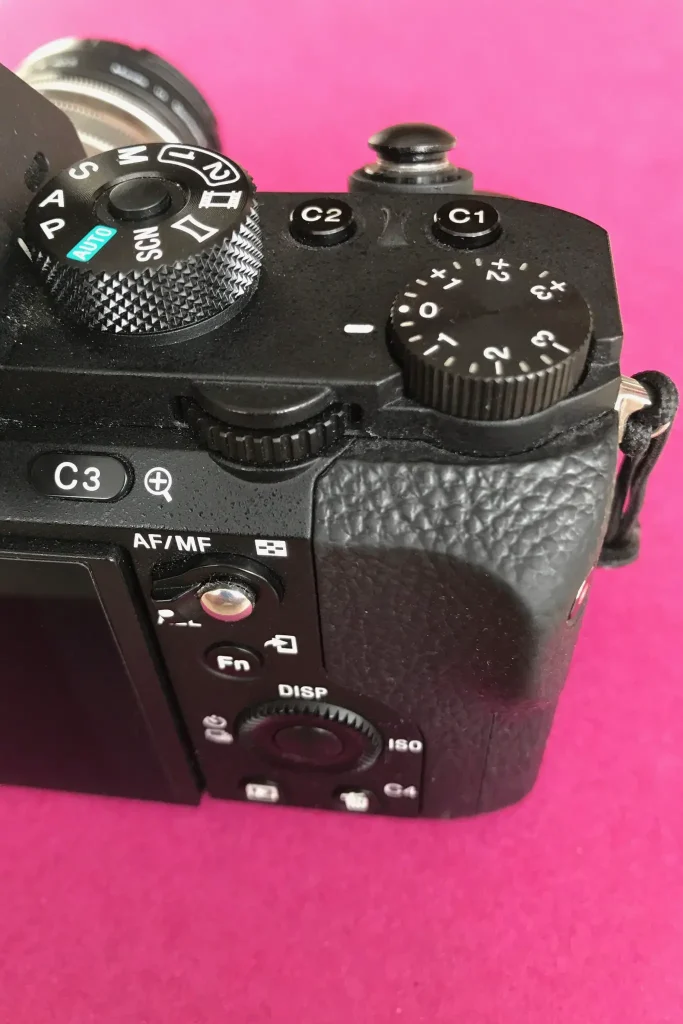
Over detailed images
To deal with the over detailed hyper real images I decided to use strong character, old school lenses that are way below resolving power of A7RII sensor. The funny thing is, in my case, I actually decided to downgrade camera; I forced it to produce worse technical picture quality that it can achieve. I like to destroy some of the effort of engineers that were trying to extract each and every detail from picture and abandon all those technological marvels that it is crammed with. Here comes new slogan for my digital photography – “worse is better”!
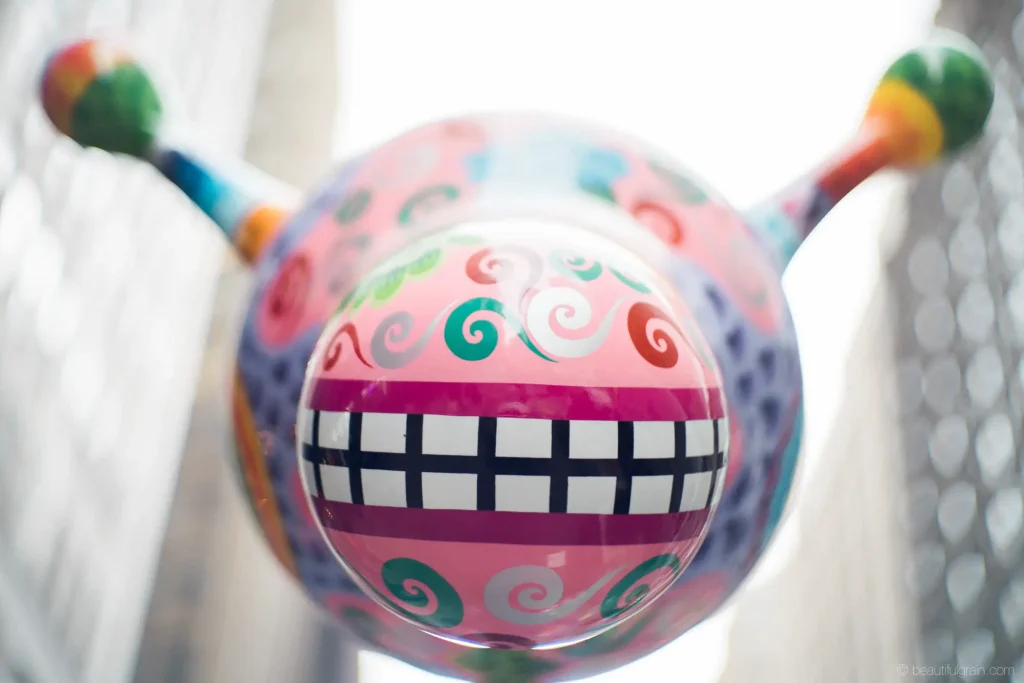
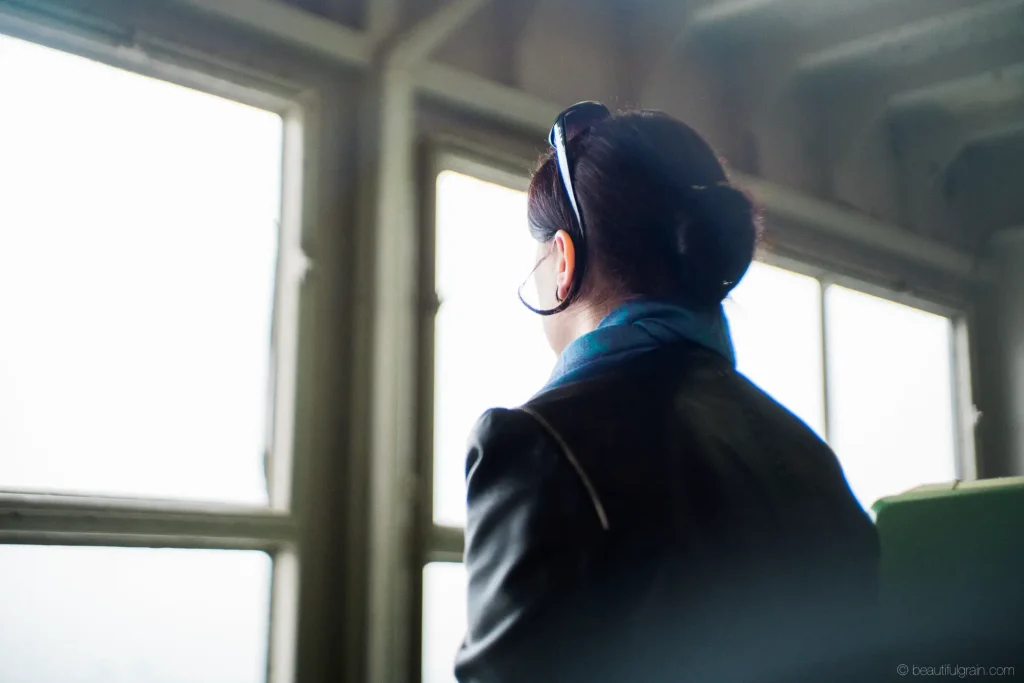
The most critical part of my plan to spoil this Sony camera was to pick right lenses. The first thing I had to decide on was a standard-go–anywhere lens. I think I shoot about 80% with 50mm or something close to this focal range. Considering my desire to see lens character in picture, my mania for shallow DOF, wish not to spend million on glass and preference to compactness I started to look into soviet era Jupiter-3 lenses – 50mm F1.5.
Here I saw two potential problems: IQ issues because of varying build quality of each lens and long minimal focus distance (its 1-meter). Then I stumbled on Lomography version of this lens Jupiter-3+ and here came possibility to get totally new lens, produced with better quality control, a bit better coatings that would give not perfect picture, but better than old Jupiter’s and minimal focusing distance is shortened to 70 cm. It was a perfect match to me and I went for it. The price of this lens in my opinion is still reasonable.
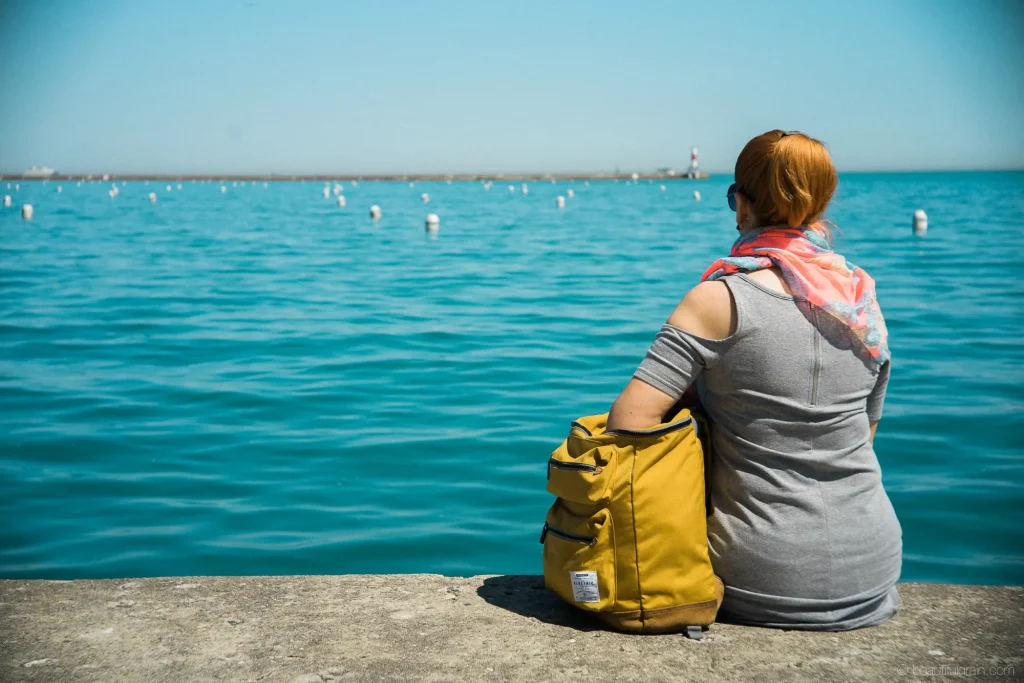
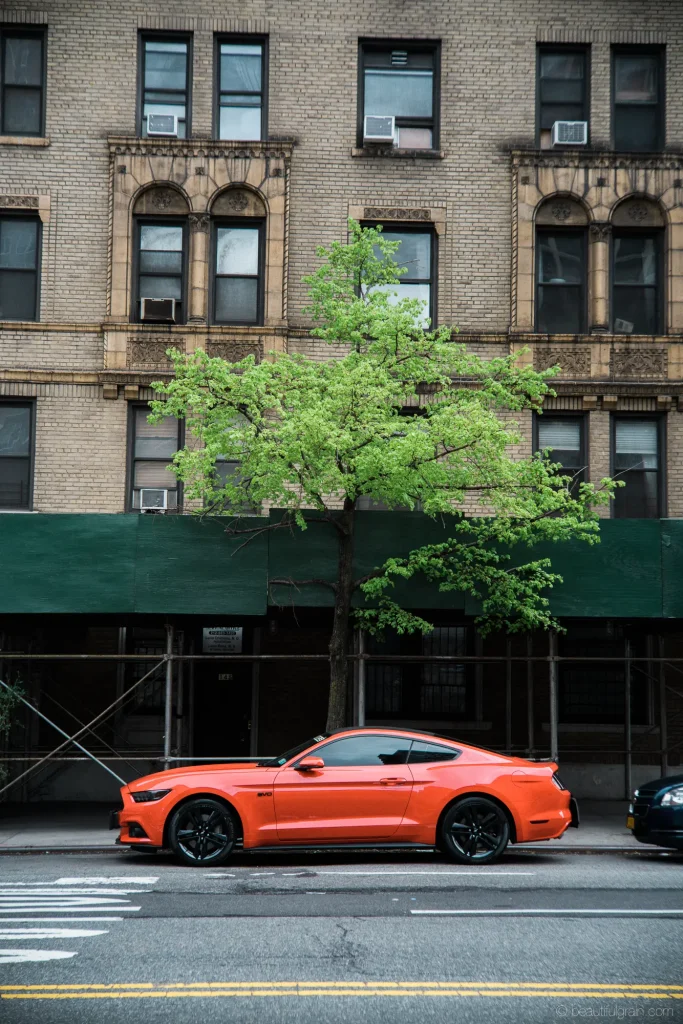
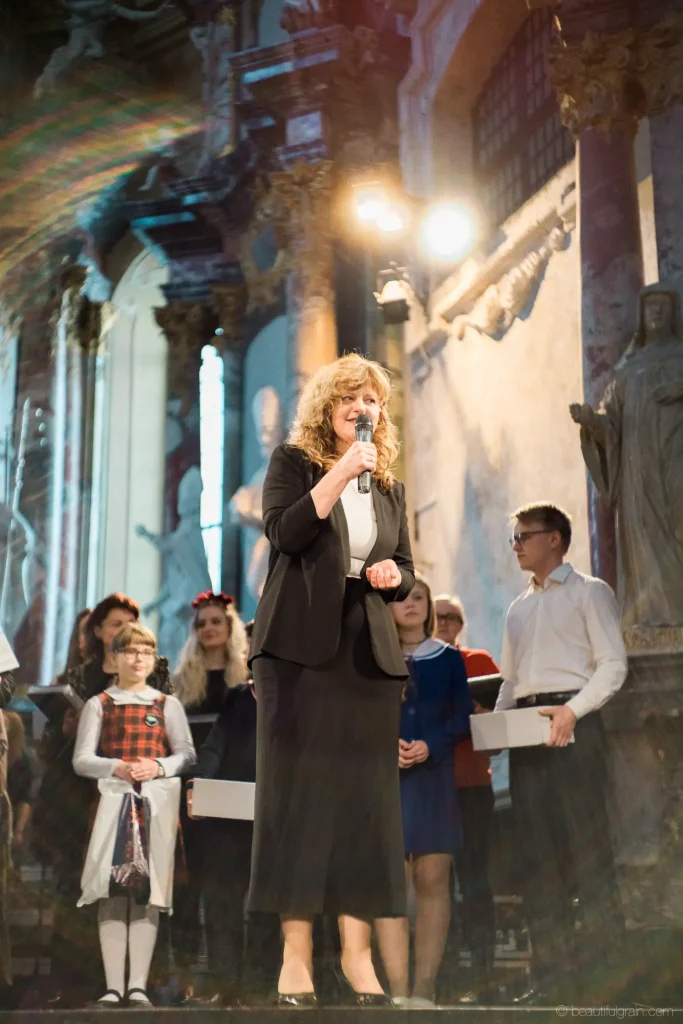
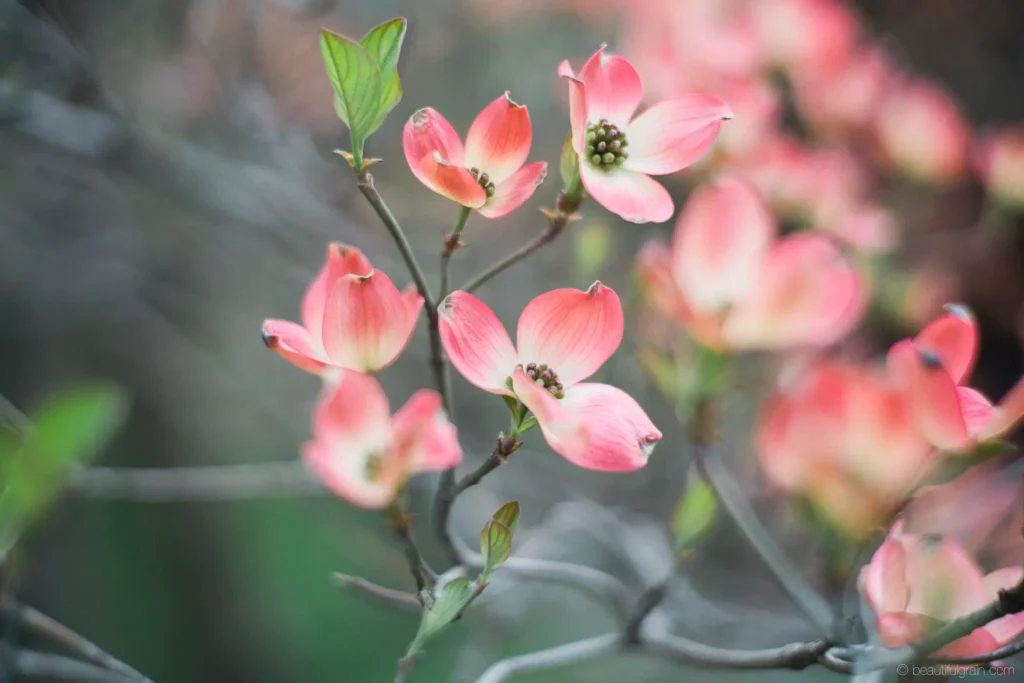
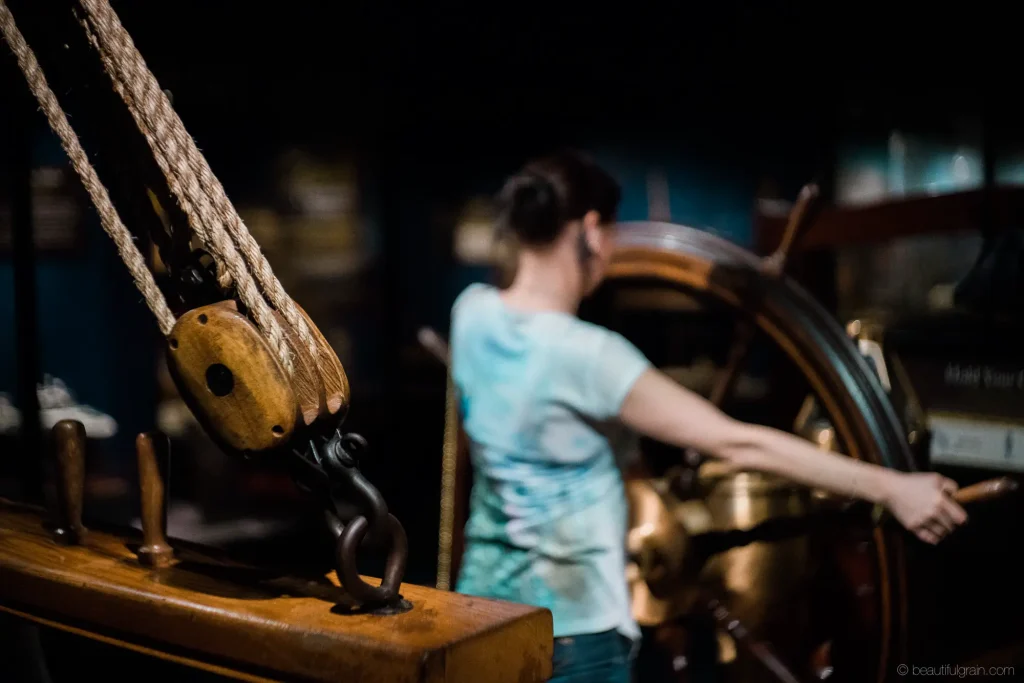
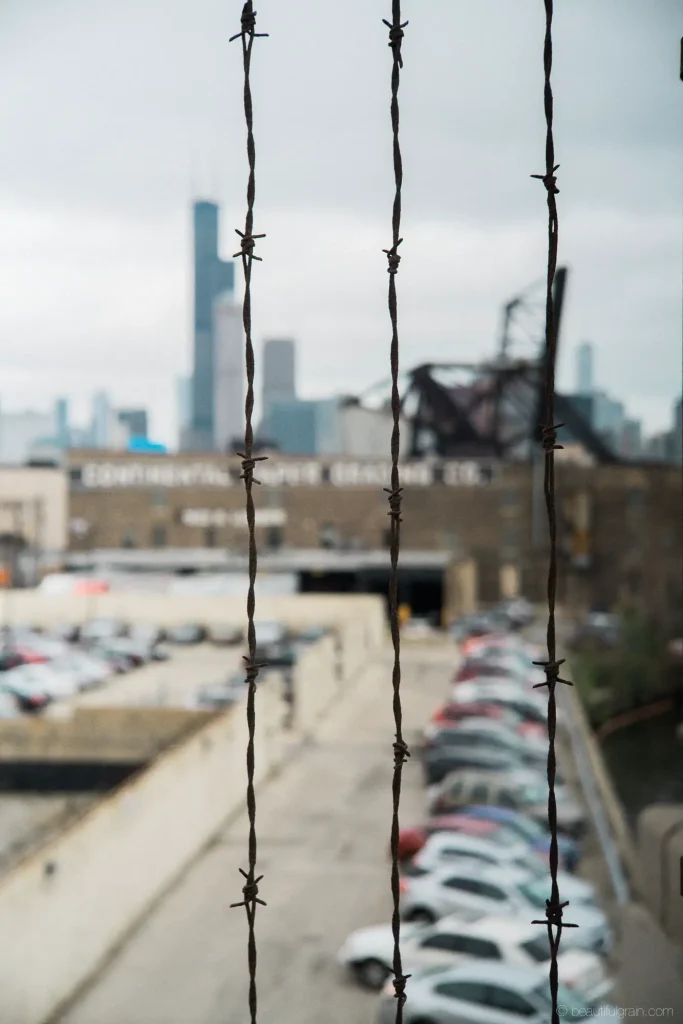
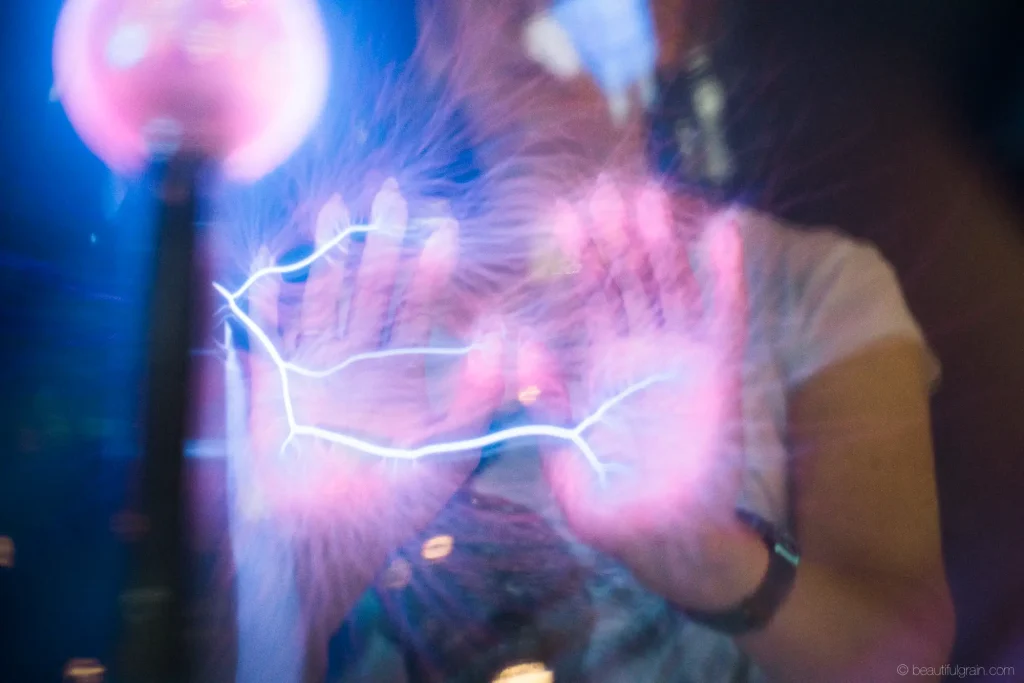
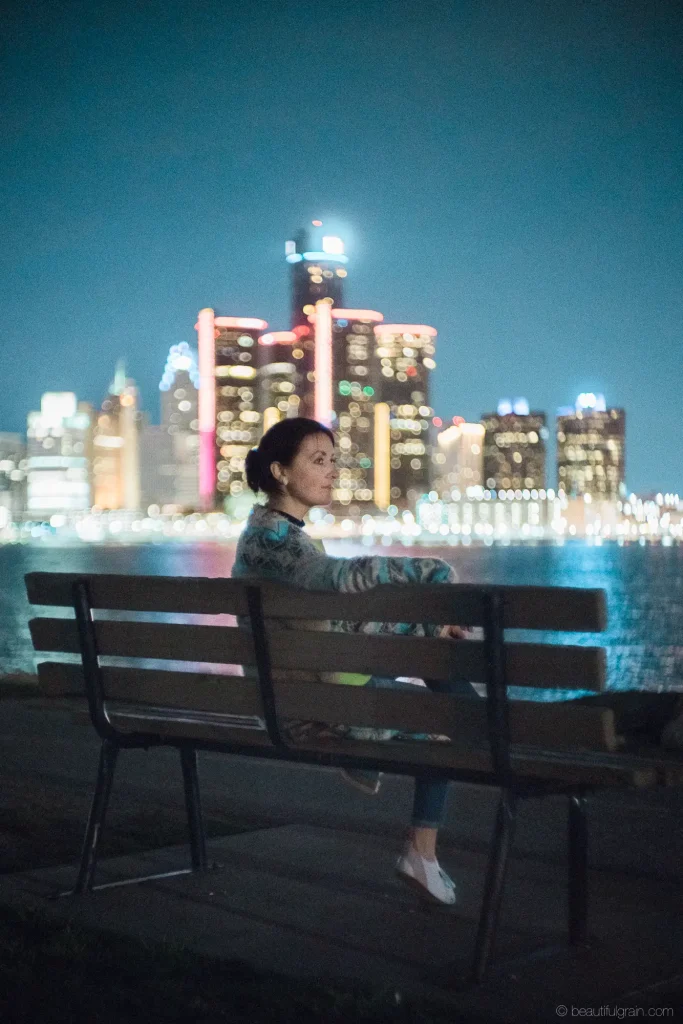
Then in order to have workable full kit, I have two more lenses left to go – a short tele for portraits and a wide. The Short tele was easy and cheap – Jupiter-9 85mm F2 lens. In this case I hadn’t any reservations regarding quality, sharpness and coating, I thought that if lens is softer and will have some glow, it’d be even better for intended use.
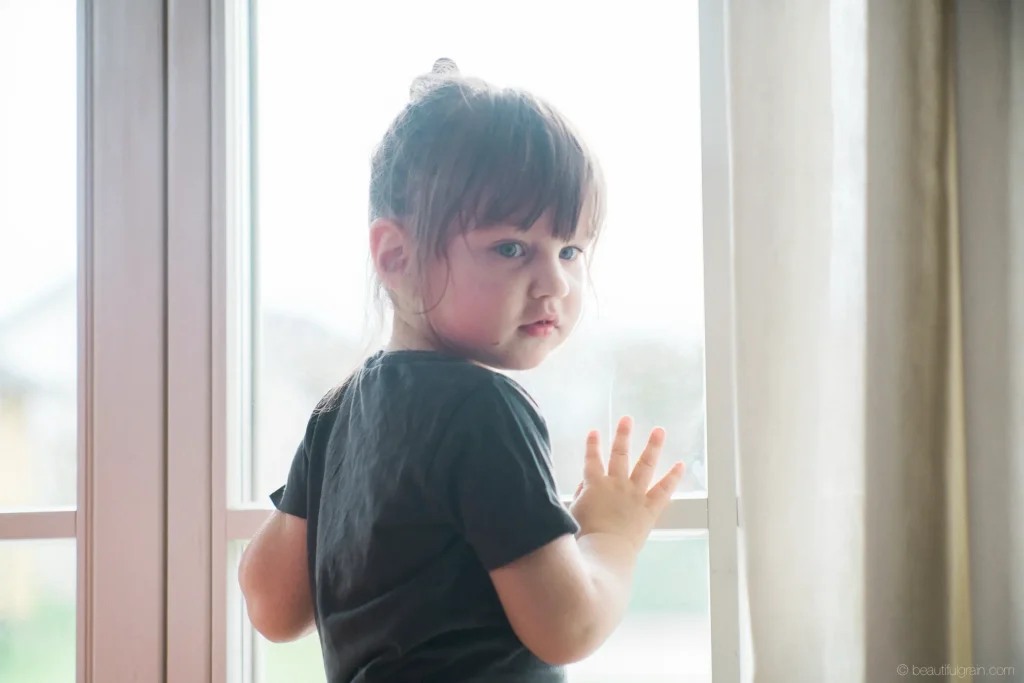
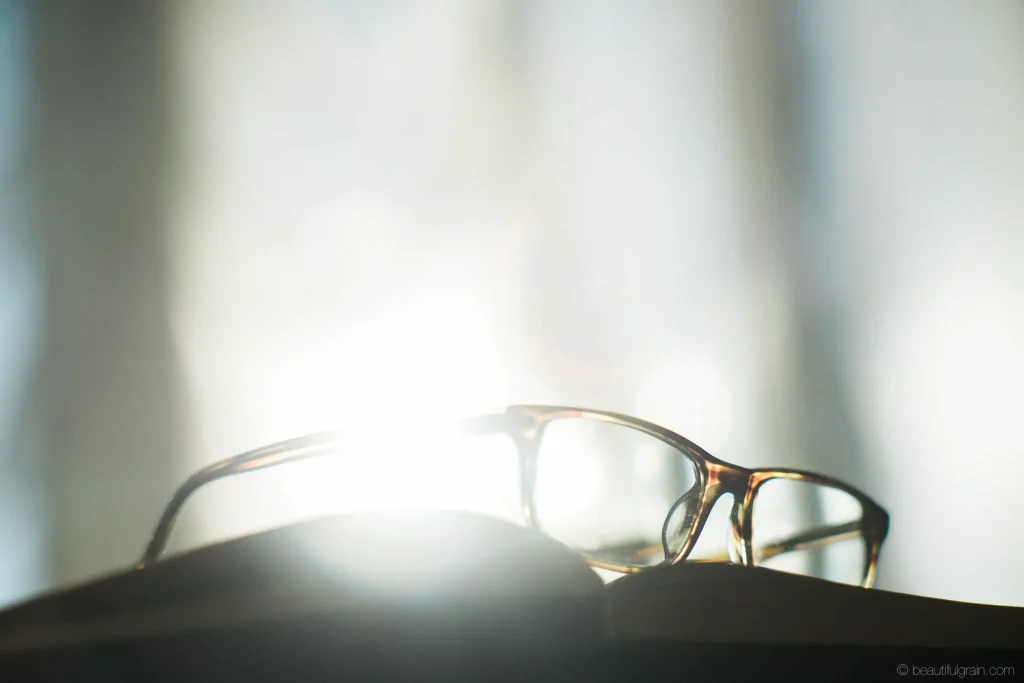
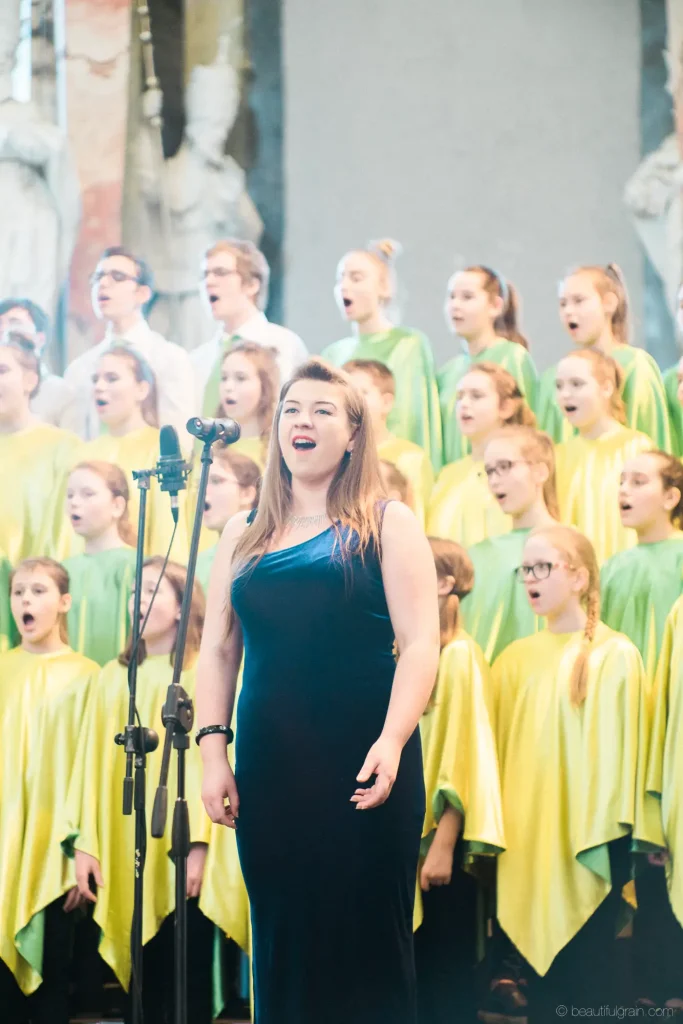
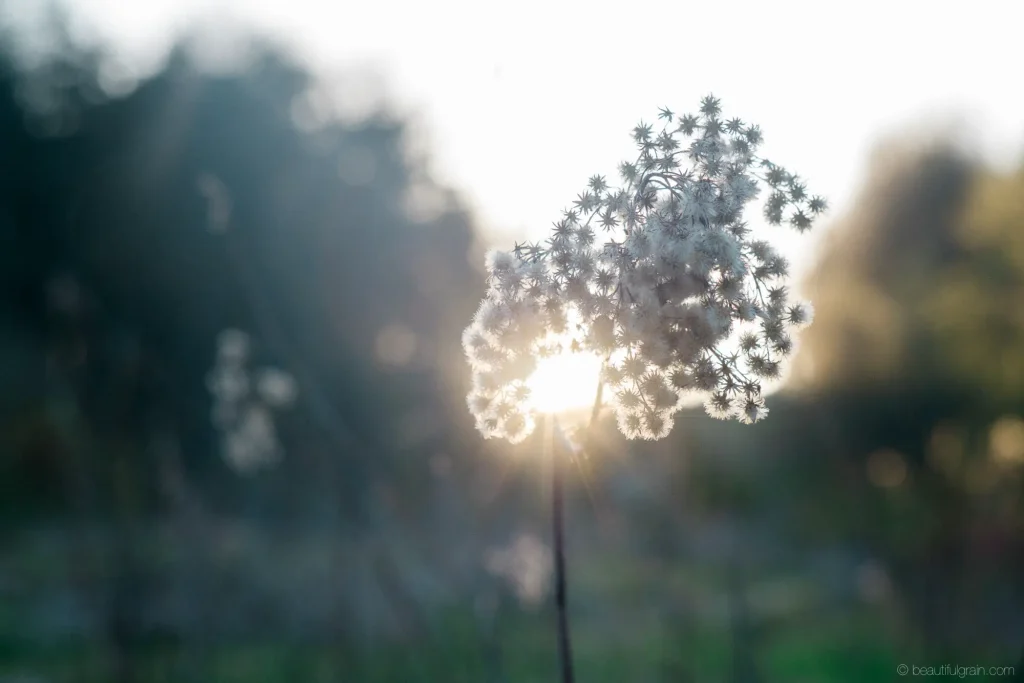
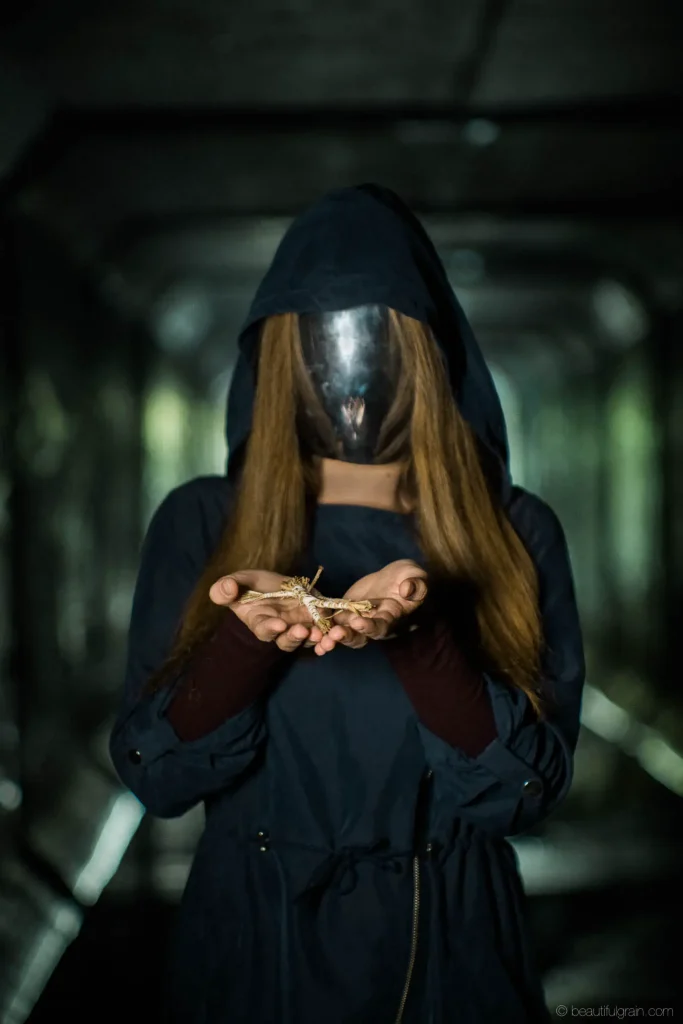
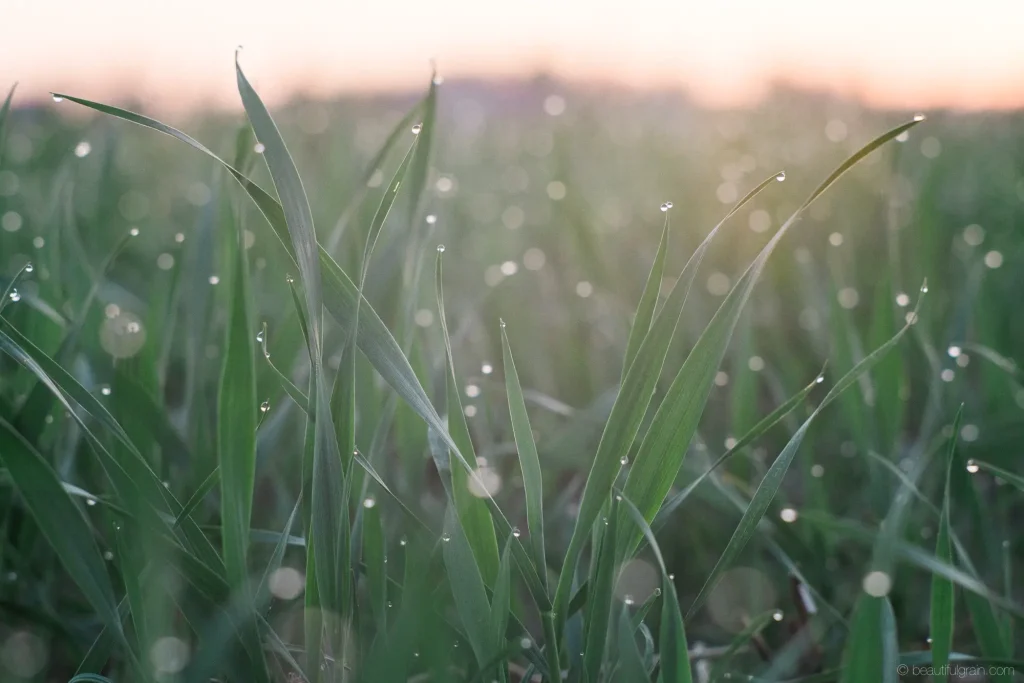
Wide. Well, again a fast decision, but quite expensive one – I was drooling about the Voigtlander Ultron 21mm F1.8 for a long long time. This lens might not have “perfect” picture characteristics (but as you know – I don’t care about this), but it has several very impressive features: its compact, it has short minimal focusing distance and its very fast for 21mm. Close focus and F1.8 usable aperture create unusual opportunities for my type of photography.
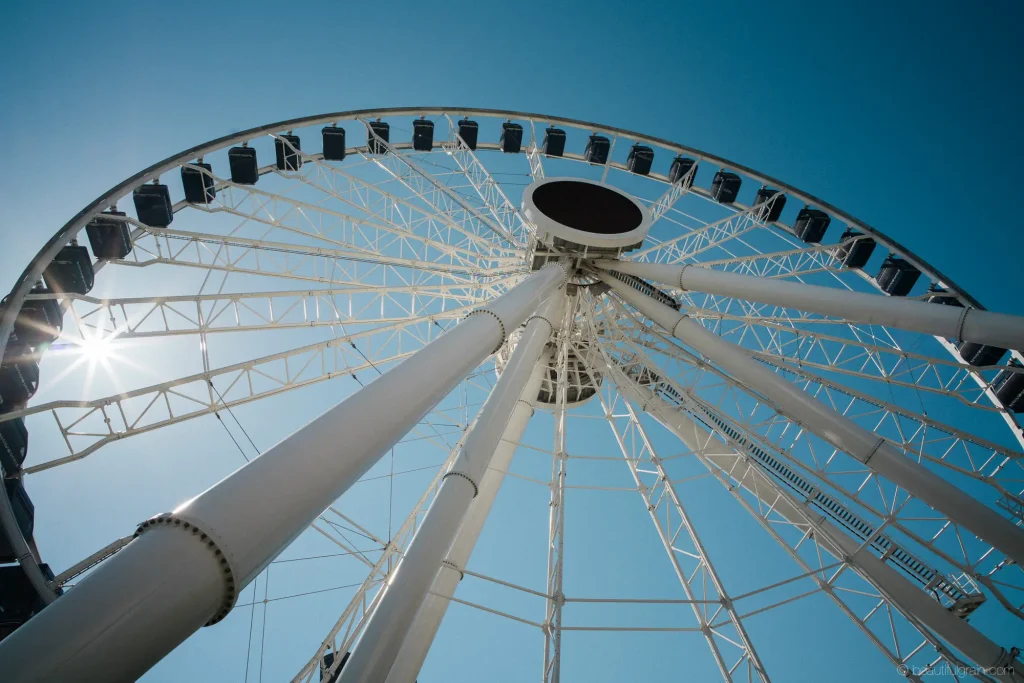
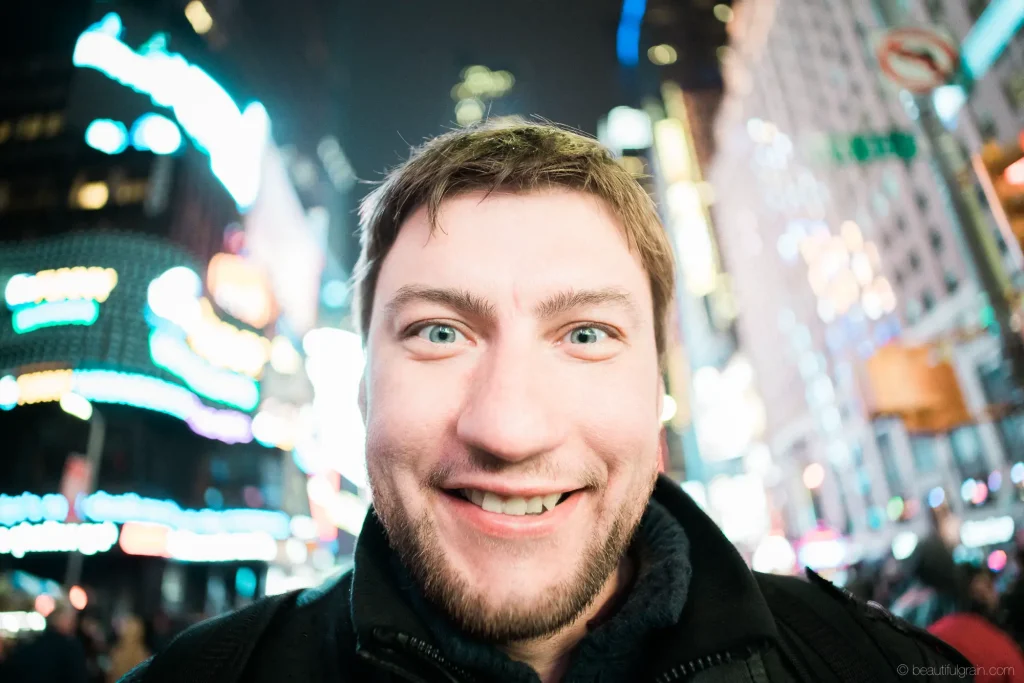
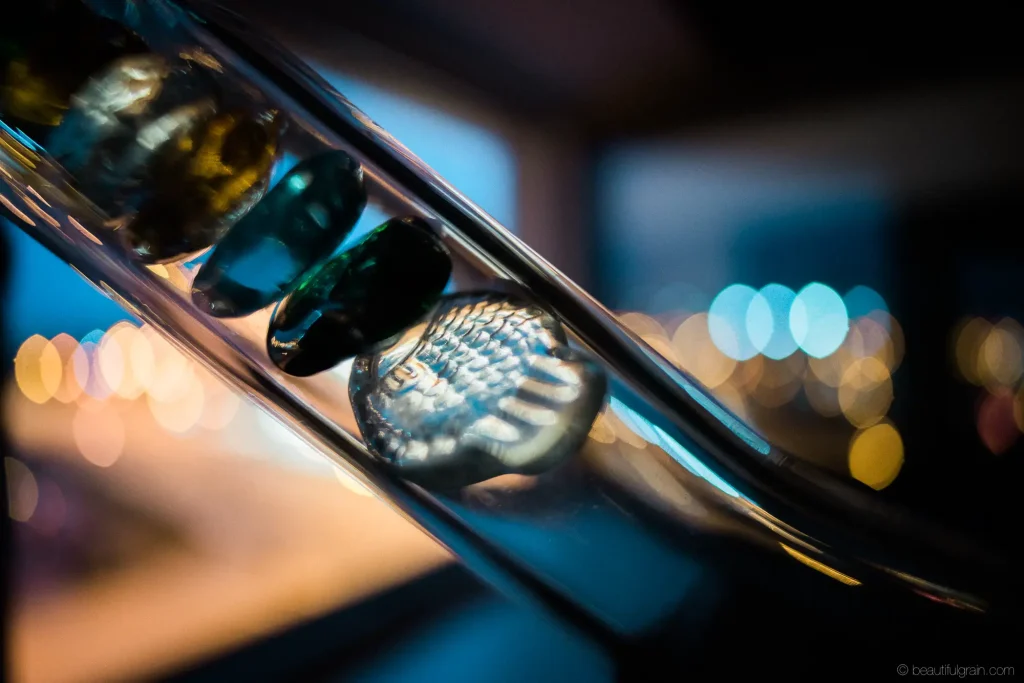
As both Jupiter come in m39 mount, and Voigtlander is M lens, I had to get some way to put them on camera. m39 to M adapters are straightforward thing. But when I came to M to FE adapter I found something worth mentioning – Voigtlander close focus M to FE adapter. This thing is made beautifully it gives ability to focus closer – again a benefit for detail photography. With this adapter Jupiter-3+ focuses something like 45cm instead of 70cm, the Ultron 21 focuses 17.6cm (!!!) instead of 50cm, Jupiter-9 focuses closer, but I didn’t measured how much.
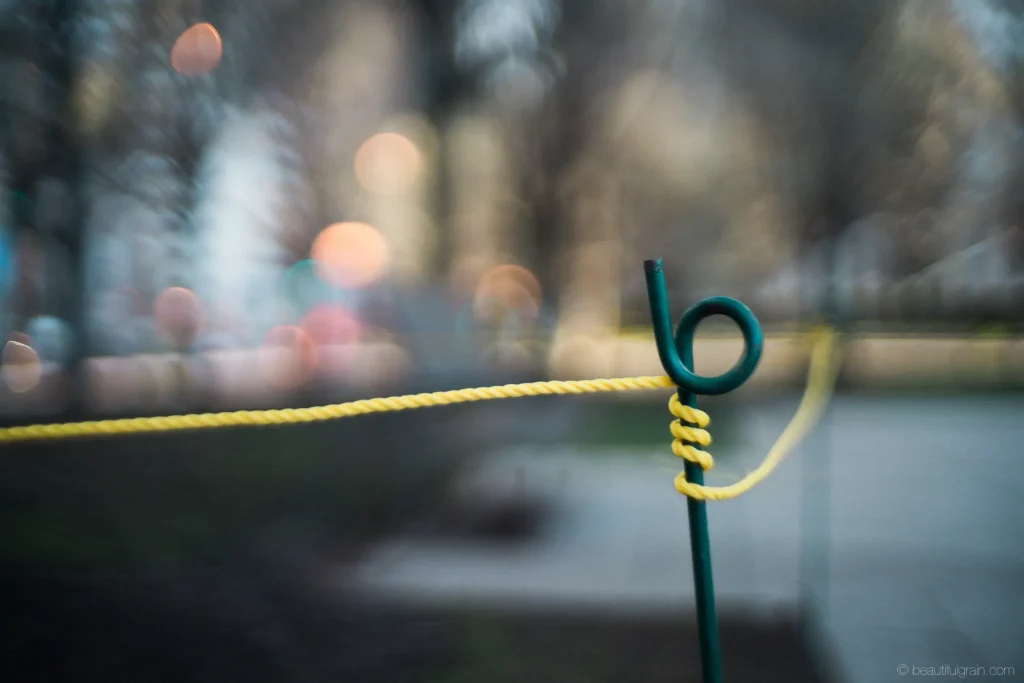
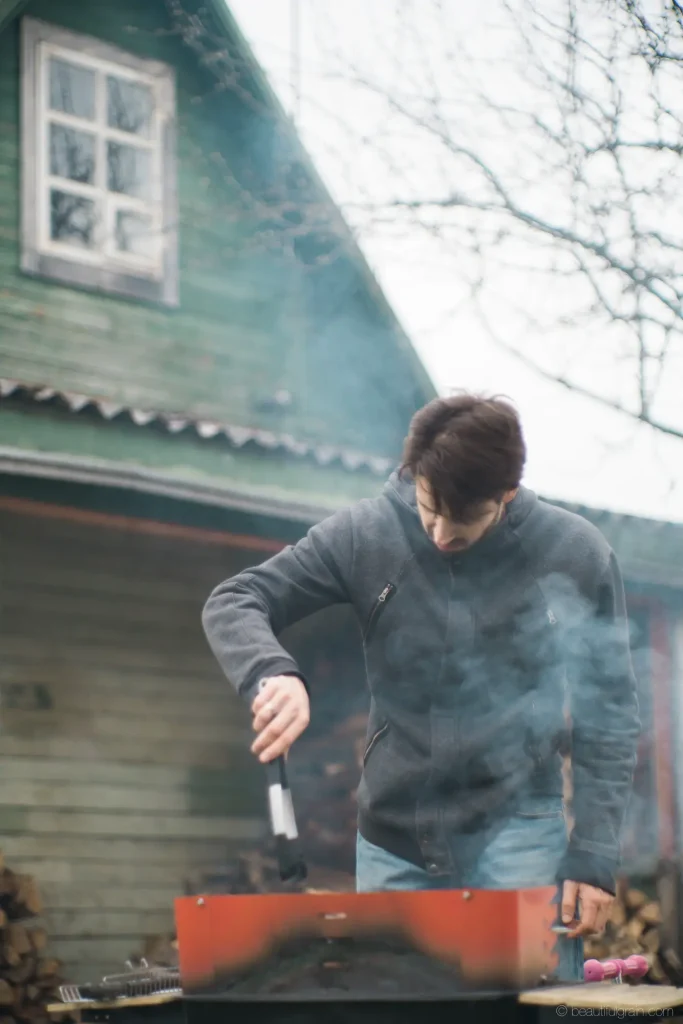
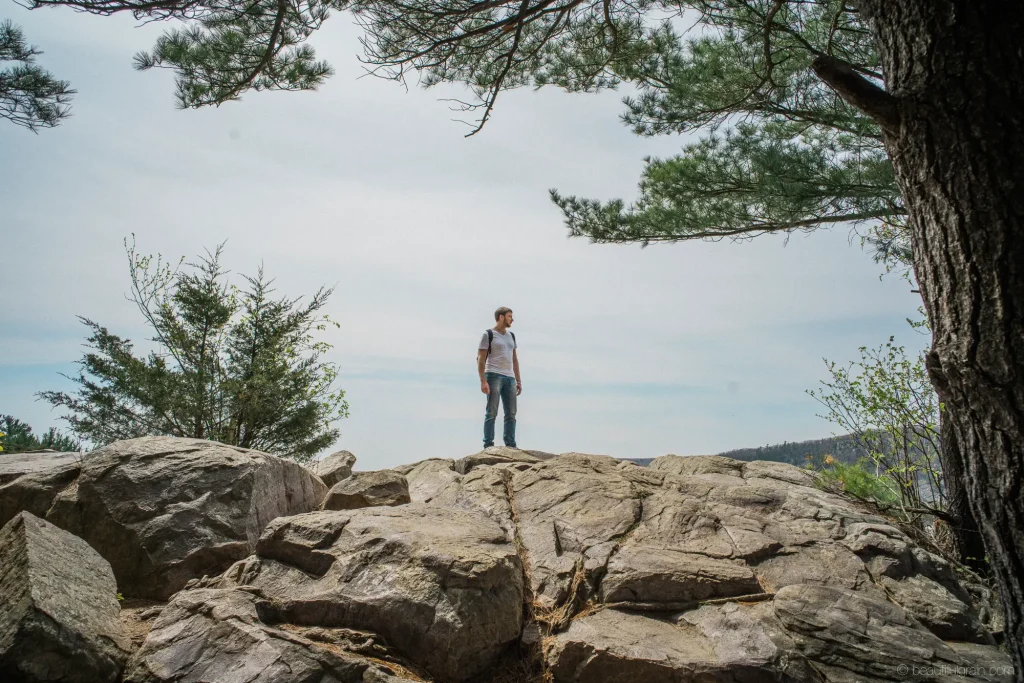
Reducing post-process time
The third big part of solution was to investigate, find, and get into acquaintance with Lightroom presets that would simplify and shorten post process time. After a lot of reading and looking at about 20 million photos on the net I decided to go for Mastin Labs Portra presets. It really makes difference in PP time. In case light is good; daylight or outdoors it’s enough to apply preset, add grain, adjust exposure and contrast. If there is artificial mixed lightning, things could still be long and complicated, but in this case bad light is bad light, it doesn’t matter what type of medium or what type of equipment is used…
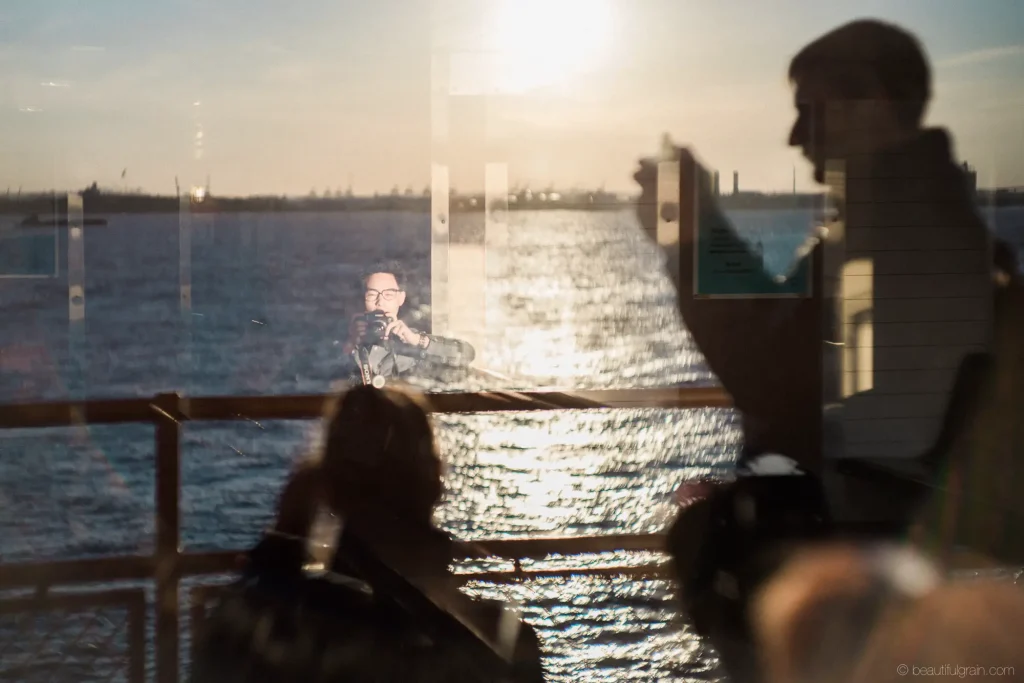
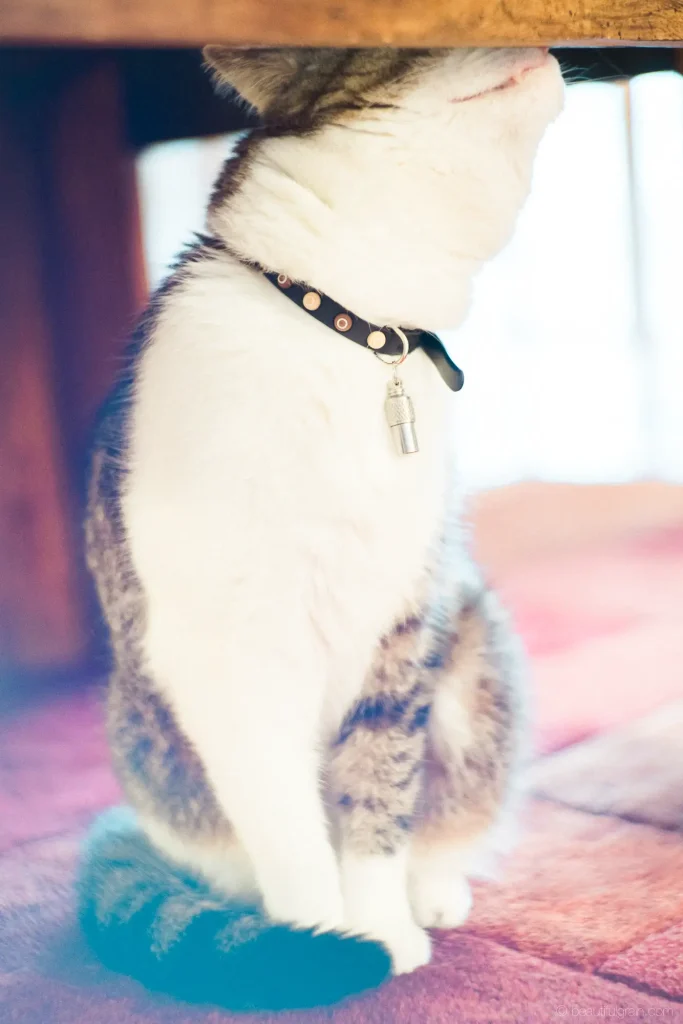
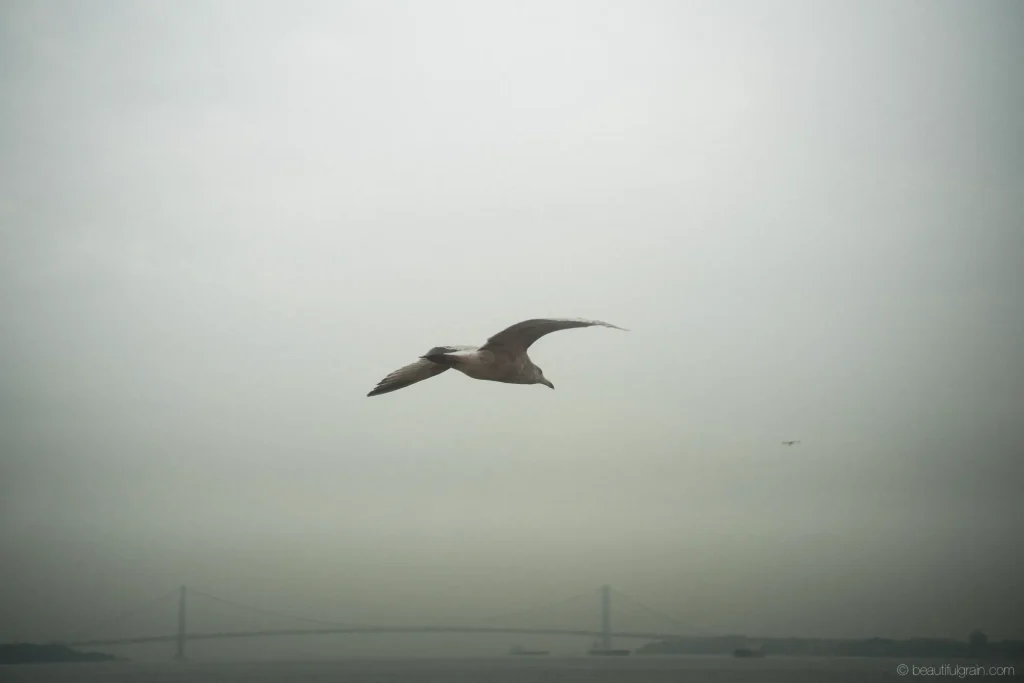
Summary and conclusions
My path was a bit complicated because there was more than one issue to solve. Solutions were also composite, consisting of: change of approach, several physical means (lenses, adapters, buttons) and software. I want to say that I had to change all workflow of taking photos with A7RII, but at the end of the day I can say that it was totally worth it. I enjoy shooting with Sony more, I spent less time in PP and I get results which I like more.
Don’t get it wrong, this approach doesn’t make digital photos look the same as film photos, and I will not start to shoot film less. The Portra preset doesn’t make picture look the same as shot with Portra film, but that gap between my digital and film photography became narrower and I can easier and more fluently switch between those two mediums. The most important thing is that I can enjoy this beautiful advanced hybrid world with less fuss. But these are all words. All real conclusions are in the pictures.
Thanks for reading! Hope it’ll give you some insights and ideas.
Aivaras
More pictures and my other work here: www.beautifulgrain.com
IG for mobile content: @beautiful_grain
Share this post:
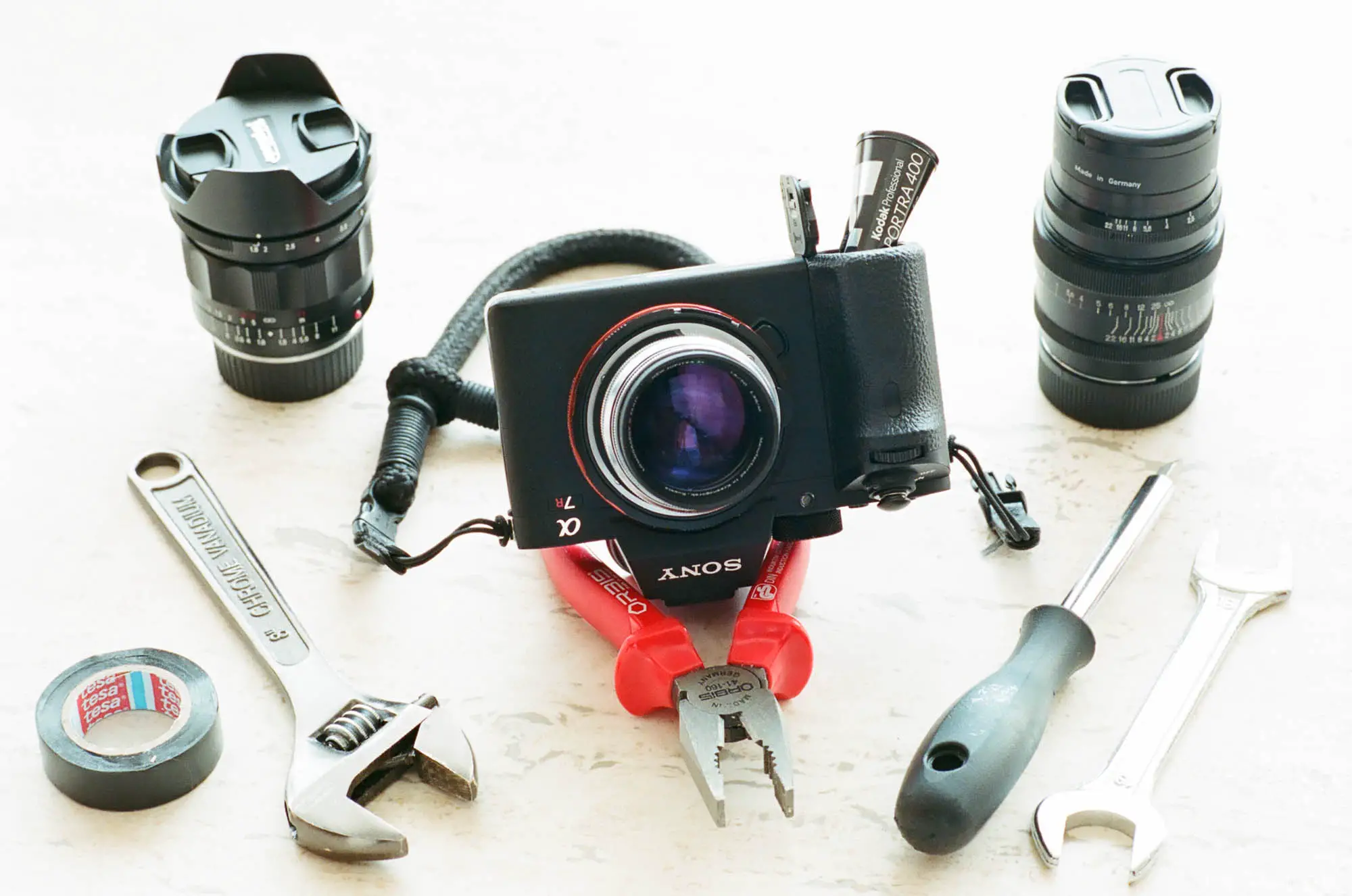








Comments
Frank Lehnen on Sony A7Rii – Making it work for me – Take Perfect. Spoil it. Be happy – by Aivaras
Comment posted: 01/07/2017
And thanks for your insights regarding the use of a digital camera like a film one. I really feel the same regarding digital cameras and I never really could bond with one, though the Fuji X-E1 came very close several times. Your modus operandi seems to work well for you and if I only had the caracter to do the same I could well go digital too, at least part-time.
No worry though about not being able to put into words what you see wrong with digital. I feel the same and can't explain it either. It's too good, too flawless.... whatever.
Using vintage lenses with great character seems to do the trick! At least your photos are outstanding!
Comment posted: 01/07/2017
Comment posted: 01/07/2017
Blinx on Sony A7Rii – Making it work for me – Take Perfect. Spoil it. Be happy – by Aivaras
Comment posted: 01/07/2017
It's two different disciplines in my mind which saves over-thinking things - for anything that's a record, basic documentation or description I use a digital camera - for creative, personal, expressive photography it has to be film, and an acceptance of all the inconvenience it involves, which is considerable. You're right about digital cameras being Raw data gathering machines, a blank canvas on which to paint. But even using a favourite B&W pre-set I'm aware that I'm hamstringing a huge polychromatic file capable of millions of variations into one arbitrary look, whereas film is a complete photographic embryo the moment it comes out the dev. It's like using a 5 x 4" slide and cropping to make a 35mm black and white print.
To answer the question you posed, no you're not crazy, we really do pick up on seemingly imperceptible visual cues we're told are too tiny or irrelevant to make a difference. Show my wife a film or digital shot, and she'll prefer the film one every time.
Comment posted: 01/07/2017
George Appletree on Sony A7Rii – Making it work for me – Take Perfect. Spoil it. Be happy – by Aivaras
Comment posted: 01/07/2017
We might be missing now the times when photographs weren't perfect, but at that time they were as hyperrealistic as the ones nowadays the best digitals do.
At last photography is fed up of photography.
Tobias Eriksson on Sony A7Rii – Making it work for me – Take Perfect. Spoil it. Be happy – by Aivaras
Comment posted: 01/07/2017
I am, like you, sceptical towards "digital perfection". I had seen the sad side of this since the previous digital camera for me was the compact Canon S90, with which to get a short depth of field you had to get within centimeters from your subject. It was not a camera for taking my pretty pictures. The X-Pro was overwhelming in this respect - enabling my digital photography to come closer to the results of my analog experiences. And as a necessity "dumbing down" the digital in the process.
Dan Castelli on Sony A7Rii – Making it work for me – Take Perfect. Spoil it. Be happy – by Aivaras
Comment posted: 01/07/2017
karellen on Sony A7Rii – Making it work for me – Take Perfect. Spoil it. Be happy – by Aivaras
Comment posted: 02/07/2017
I really prefer the film image structure, the image has a soft feel, while still detailed (at least low iso ones), and among those my favorite is the tabular grain structure (black and white delta, acros and t-max). That kind of film is really detailed, but not a flat detail like digital, and the shape of the grain (sharp grain instead of the normal round grain) gives them a biting sense of detail, especially if developed in a surface type developer (non solvent, so the grains are not fused).
Anyway in my opinion using a low definition lens doesn't really help, at least not in all kind of photography, because with those lenses you are not only solving the hyperrealistic look, but also most of the contrast structure.
Nick on Sony A7Rii – Making it work for me – Take Perfect. Spoil it. Be happy – by Aivaras
Comment posted: 02/07/2017
Robertito Navarro Jr on Sony A7Rii – Making it work for me – Take Perfect. Spoil it. Be happy – by Aivaras
Comment posted: 14/05/2019